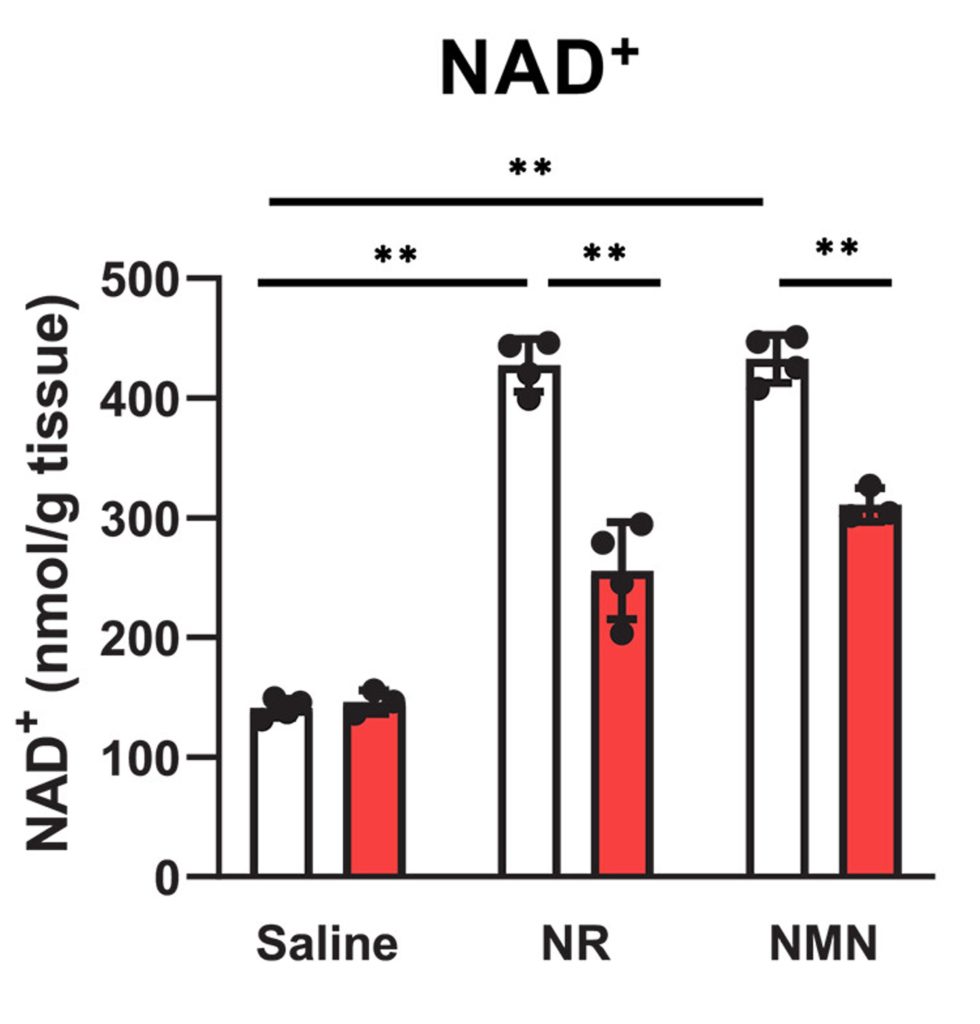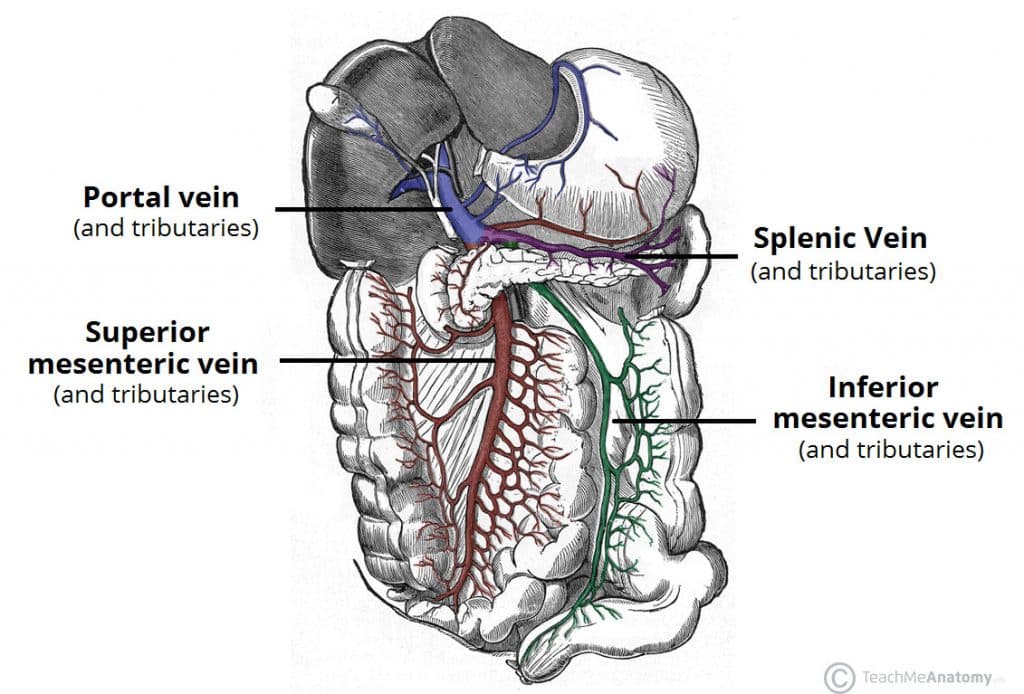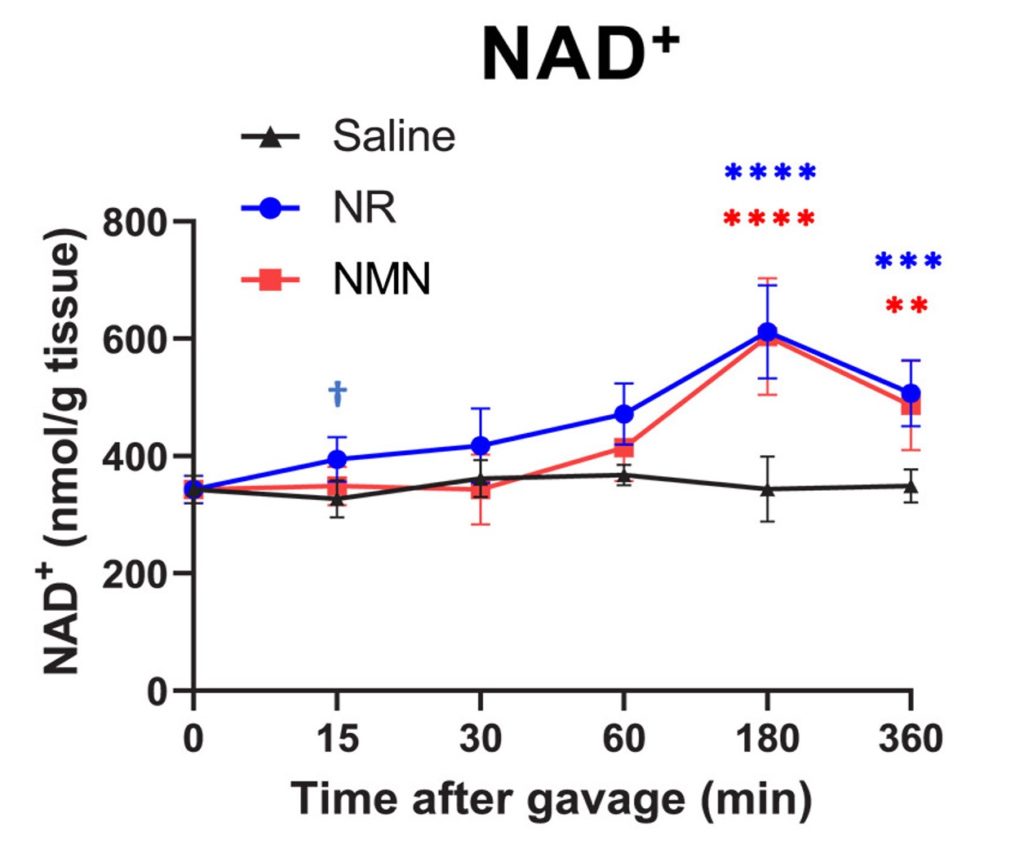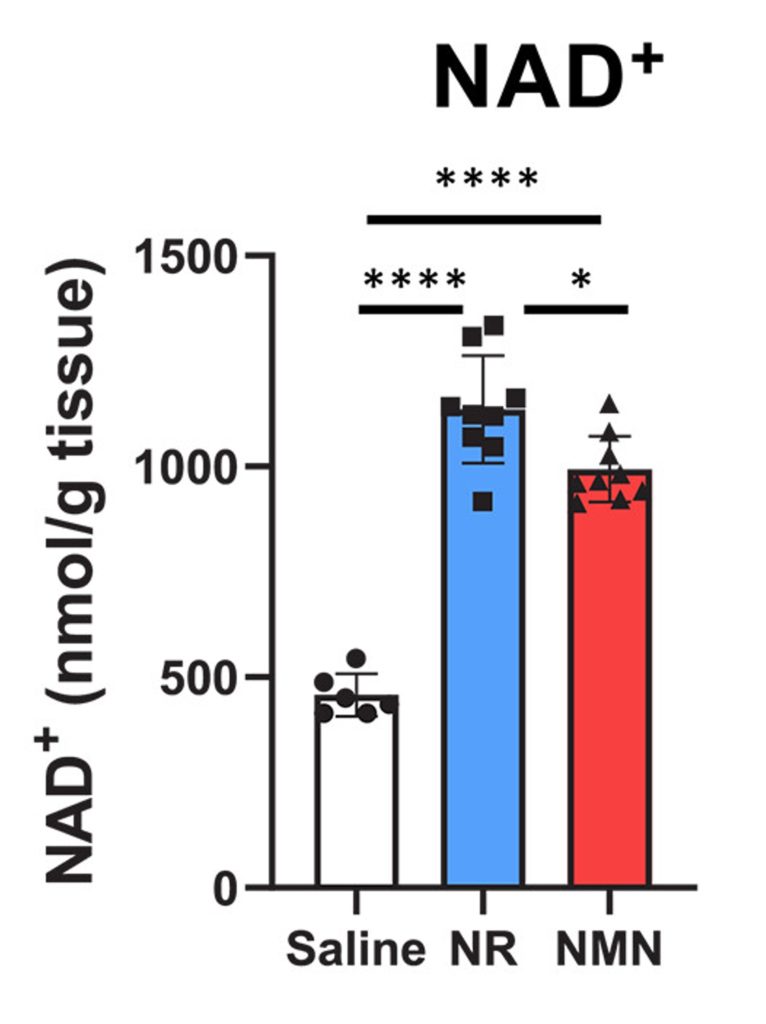Is NMN or NR Better? It May Depend on Your Gut Microbiota, According to New Study
Both NMN (nicotinamide mononucleotide) and NR (nicotinamide riboside) are converted to NA (nicotinic acid) by the gut before being made into NAD+ (nicotinamide adenine dinucleotide).
Highlights
- Before absorption into the bloodstream, orally administered NMN and NR are converted to NA by gut microbiota — the microorganisms living within our gut.
- Intravenous (IV) administration of NR leads to higher muscle NAD+ levels than IV administration of NMN.
With the knowledge that restoring cellular NAD+ levels counteracts aging disorders, such as obesity, muscle degeneration, and neurodegeneration, many have wondered whether NMN or NR is better. Both NMN and NR elevate NAD+ levels, but they do so equally based on the few studies that have compared the two NAD+ precursors. Moreover, it could be that less expensive NAD+ precursors, such as NA, are just as good, if not better, than NMN or NR.
Microbiota Convert NMM and NR to NA Before Reaching the Liver
To clarify how our body makes NAD+ precursors into NAD+, researchers from Japan and the United States orally administered NMN or NR to mice. With both precursors, this led to an elevation of NAD+ levels in the small intestine and liver. However, when the researchers conducted the same experiment in germ-free mice — mice lacking gut microbiota — the rise in liver NAD+ levels was reduced. The reduction in the production of NAD+ in the liver of germ-free mice provides evidence that an intact gut microbiome is necessary to maximize NAD+ production upon oral administration of NMN or NR.

In the gut, inner-wall intestinal cells harbor an enzyme that converts NMN and NR into another NAD+ precursor called NAM (nicotinamide). Furthermore, bacterial cells, not human cells, can convert NAM into NA. For these reasons, the researchers hypothesized that the gut wall converts NMN and NR into NAM, which is then converted to NA by gut microbiota, composed mostly of bacteria. Based on previous knowledge, NA would then enter the bloodstream and travel to the liver through a large vein called the portal vein.

To test their hypothesis, the researchers utilized isotope-labeled NMN and NR. Isotopes are atoms with a different number of neutrons than normal, allowing researchers to track specific atoms on molecules even after the molecules they were once a part of have been metabolized. In this case, isotope labeling was used to determine if NMN or NR are converted to NAD+ or if they are first converted to other molecules before being converted to NAD+.
The researchers found that elevations in NAD+ in the liver were from mostly NA and NAM after oral administration of either NMN or NR. These findings provide evidence that NMN and NR are converted into NA by gut microbiota before reaching the liver. It is NA and NAM that are then converted to NAD+ in the liver, the organ from which NAD+ precursors and their metabolites are distributed to the rest of the body.
Muscle NAD+ Levels
After passing through the liver, NAD+ precursors are circulated to the rest of the organs via the bloodstream. Considering the importance of NAD+ homeostasis in maintaining muscle mass and strength, the researchers tracked muscle NAD+ levels. Upon oral administration, they found that both NMN and NR raised muscle NAD+ levels to the same level after 3 hours. Moreover, using isotope labeling, they found that most of the NAD+ came from NAM.

In addition to the oral administration experiments, where mice were force-fed (gavaged) an NAD+ precursor, the researchers also conducted IV administration experiments, where mice were injected into a tail vein with an NAD+ precursor. The results of IV administration showed an elevation in both liver and muscle NAD+ levels upon injection of NMN or NR. While the increase in liver NAD+ was the same for both NMN and NR, the increase in muscle NAD+ was higher in mice injected with NR.

Notably, with their IV experiments, the researchers found that the mammalian body recycles NAD+ precursors. They showed that after NMN and NR are metabolized to NAM upon intravenous injection, NAM is excreted into the intestines in bile. The NAM is then converted to NA by gut microbiota, and the NA is absorbed back into the bloodstream, where it goes to the liver and is converted to NAD+. This means that even with IV administration of NMN and NR, gut microbiota are involved in elevating NAD+ levels.
Improving Gut Bacteria Composition with NAD+ Precursors
When it comes to oral administration, the data shows that NMN and NR exert similar effects. However, when it comes to IV administration, NR may be more beneficial for raising muscle NAD+ levels. With that being said, supplementing with NAD+ precursors may improve microbial NAD+ metabolism. Preclinical studies have shown that NAD+ precursors increase beneficial gut bacteria while decreasing harmful bacteria. In humans, one study showed that NR improves gut microbiota composition, while another study showed negative results. Thus, future studies could test the effect of different NAD+ precursors on gut microbiota composition in humans.

